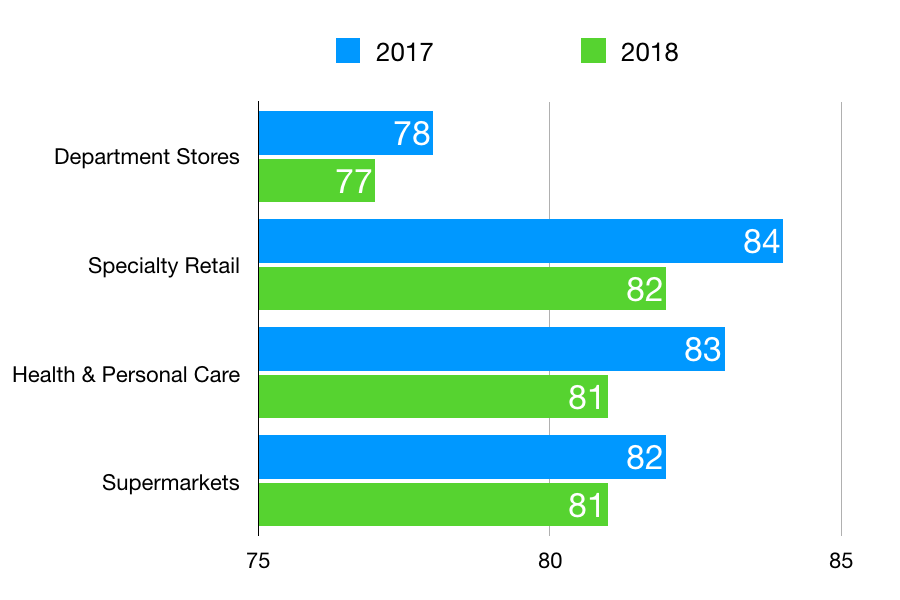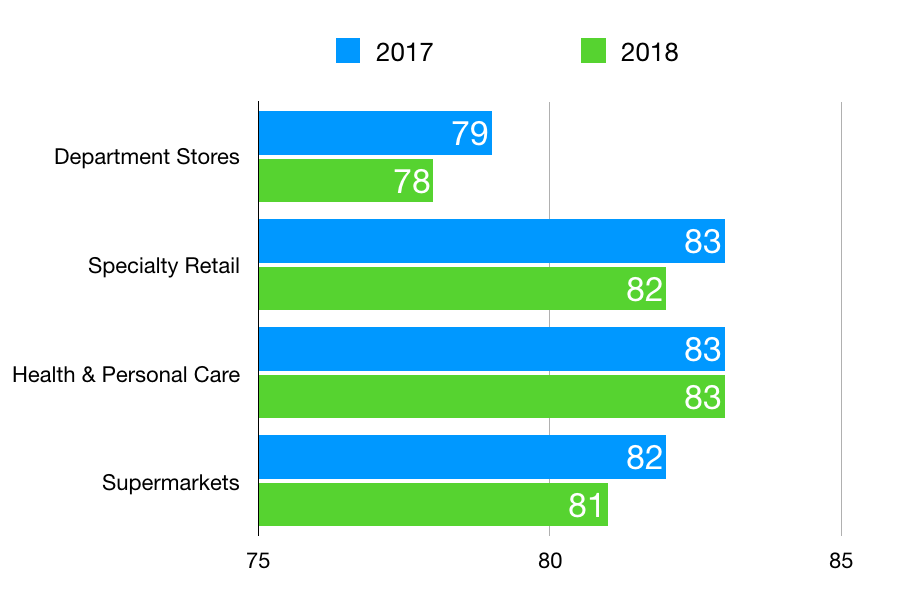Training videos are increasing in popularity.
Platforms like LinkedIn Learning offer high-quality training from industry experts, and have become vital sources of content for learning job-related skills. There's good reason for this:
Videos cost far less than hiring a trainer.
It's a lot more convenient to learn on your own time.
Video can be more effective than live training.
That last one is a bit of a surprise to most customer service leaders I talk to. And there's a giant caveat—you have to change the way you use video.
Here are the techniques you can apply to get the most out of training videos.
Step One: Set Clear Learning Objectives
Let's say you want your employees to do a better job serving upset customers.
I have a LinkedIn Learning course called Working with Upset Customers, but just asking employees to take the course creates a problem. "Take this course," sends a signal that the only objective is to complete the training.
That's not your goal.
You send employees to training because you want them to learn something they can apply on the job that will help them improve performance. So before you assign a video, it's essential to set clear learning objectives.
By the way, this is exactly what you should do when you send yourself to training!
Back to the upset customers example. You might create an objective for this training by thinking about what specifically you want employees to do differently in situations where they serve an upset customer.
For instance, you might decide to you want to focus on de-escalation skills to avoid complaints. You could set this as the learning objective:
Customer service reps will demonstrate the ability to de-escalate an angry caller so the customer is feeling neutral or happy at the end of the interaction.
You’d be able to determine whether the training was complete by monitoring a phone call for each participant where the customer started out angry and determining whether the rep was able to successfully de-escalate the situation.
You can get more help with learning objectives from this guide.
Step Two: Assign Short Segments
The old way of consuming a training video is to sit back and watch the entire thing from start to finish. Learners don’t actively participate in the learning, but somehow hope for the best.
Customer service leaders cite this as the number one challenge with training videos. Employees push back because spending an hour watching an instructional video is no kind of fun. And it doesn't produce results.
The better way to do it is to watch a short segment at a time. My courses on LinkedIn Learning are split into short modules that are each three to five minutes long. Here's how it works:
Watch one 3-5 minute video.
Ask participants to complete the application exercise from the video.
Give feedback and discuss progress.
We can apply this right now to de-escalation training. The first skill is recognizing our own natural instinct to argue with an upset customer or try to get away from them.
Start by watching this short video.
Next, spend a day serving customers and recognize when you experience the same fight or flight instinct the barista in the training video experienced. Here are some common symptoms:
Flushed face
Increased heart rate
Shortness of breath
Muscle tension
Sweating
Tunnel vision
Finally, reflect on what you learned from recognizing the fight or flight instinct. Were you able to accept the challenge of helping an angry customer feel better?
This technique of watching just one short segment at a time is called microlearning. You can learn more from this guide.
Step Three: Blend Video with Other Mediums
Most training, including video and face-to-face, works best when you blend it with other training mediums. These include team meetings, one-on-one coaching conversations, self-paced activities, and on-the-job application.
LinkedIn Learning courses included a Q&A feature, where you can ask questions about the course and respond to posts from other participants. It’s a great way to deepen your knowledge and make the training interactive!
I often post discussion questions to my courses, and regularly respond to questions from learners.
Blending in other mediums doesn’t require a lot of work. Here's one way you might create a blended program for de-escalation training:
Team Meeting: Discuss specific situations where customers get angry.
Video: Assign this video on recognizing the fight or flight instinct.
On-the-Job: Ask employees to note when they experience the instinct.
One-on-One: Give each employee individual feedback.
Team Meeting: Discuss successes and challenges at the next team meeting.
There's a good chance you're already holding team and one-on-one meetings with your employees. And it also happens to be a highly effective way to build new skills.
Conclusion
To get the most out of training, we need to shift from a content consumption mindset to a performance improvement mindset.
I can help with that.
Here are facilitator’s guides for my most popular LinkedIn Learning courses. Use them to create a customized customer service training program.


















